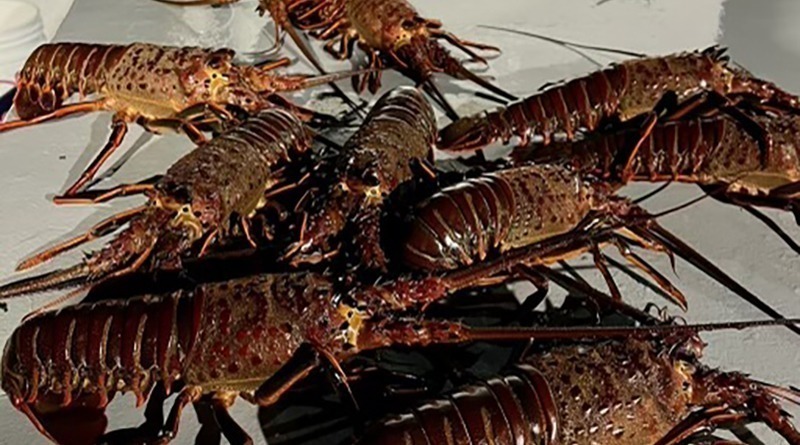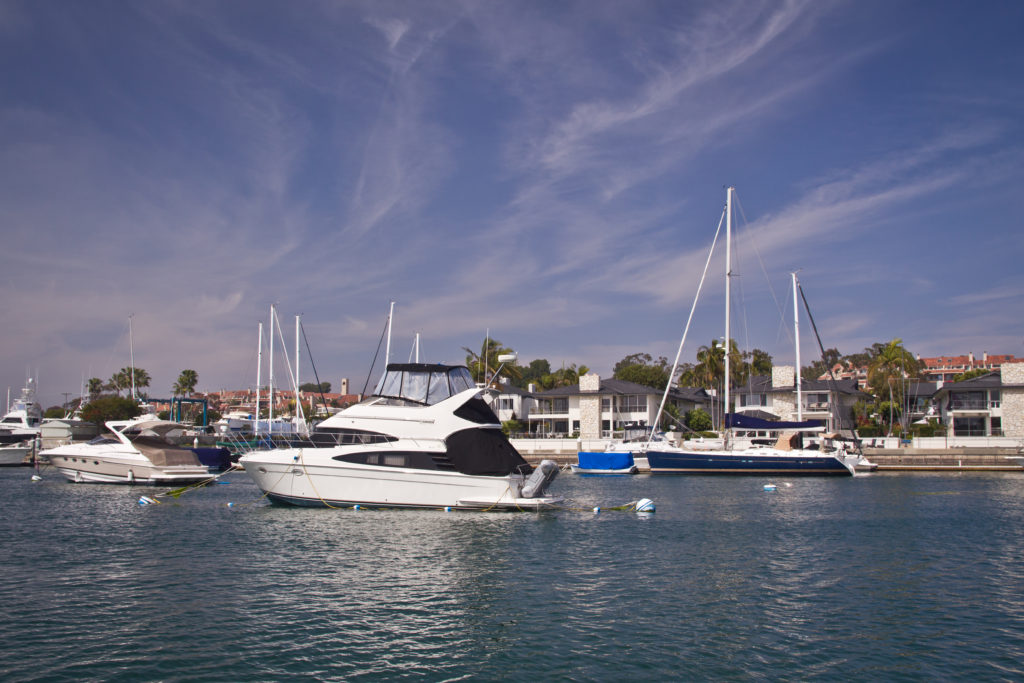In the world of saltwater fishing, keeping your catch fresh from the moment it comes aboard until you get back to shore is critical. While many offshore vessels rely on built-in fish holds or refrigerated seawater systems, a growing number of anglers — especially those on small boats, skiffs, and kayaks — are turning to an alternative that’s compact, portable, and surprisingly versatile: the kill bag.

A kill bag is an insulated, soft-sided cooler designed to store fish and preserve their quality. Instead of hauling around a bulky hard cooler, anglers use these flexible bags because they fold or roll away when not in use, can be carried ashore for cleaning, and work across multiple boats. Their thick insulation and waterproof lining allow them to keep ice cold for hours, while their large capacity means they can hold big game species like tuna, dorado, or yellowtail just as easily as a day’s worth of rockfish or mackerel.
Nicole Smith, Vice President of Operations at Reliable Fishing Products, said their bags are designed to keep fish fresh far longer than most anglers might expect. “The fish in the fish bag will stay fresh for many hours or days under ideal packing conditions. As long as the zipper remains closed and the cold air stays in, ice can stay solid in there for up to 3 days. With our bags being white, they reflect heat instead of absorbing like all the other colors do. Reflecting heat helps keep the inside colder longer. The more ice, the longer you can remain confident that your fish will be just as fresh as when you first brought it onto the boat.”
To get the most out of a kill bag, start with proper packing. For maximum cooling efficiency, fill it with a slurry of ice and seawater before the first fish comes aboard. As you catch, bleed your fish promptly and submerge them in the slurry to chill the flesh quickly and evenly. This prevents bruising, slows bacterial growth, and keeps fillets firm. Large fish hold body heat longer, so the faster you can cool the core, the better the eating quality later. Small fish also benefit from immediate chilling, as sun exposure — even on ice — can degrade meat texture.
According to Smith, the bag’s design also plays a big role in preserving quality. “Other storage methods, such as deck boxes or hard ice chest, don’t ‘cradle’ the fish. Therefore, if ice begins to melt, your fish is now sloshing around, and the meat is getting bruised and beat up. Our fish bags are fully moldable and collapsible, allowing for the fish to be cradled in ice and secured from sloshing around. The flat 12-inch gusseted bottom allows for the bag to sit flat on deck and stay secured in one place.”
Beyond boats, kill bags shine in other settings. Kayak anglers appreciate them for their space-saving footprint and portability. They can be strapped to deck rigging, tucked behind a seat, or even carried to shore with the day’s catch. When paired with smart packing strategies — prioritizing essentials, using multi-functional gear, minimizing redundancy, and keeping gear organized — an insulated fish bag becomes part of an efficient kayak fishing kit. Items like reusable ice packs, Ziplock bags for fillets, a fillet knife and cutting board, fish grippers, and gloves can be stored alongside the kill bag to make handling and processing fish smoother on the water.
Maintenance is simple but essential for longevity. After each trip, empty the bag completely, removing fish, ice, and any debris like scales or seaweed. Rinse it thoroughly with fresh water, paying special attention to seams and corners where residue can build up. For stubborn odors or stains, use a mild detergent or diluted vinegar solution, scrubbing gently with a soft brush. Avoid harsh chemicals that can damage the material. Once clean, rinse again, hang to air dry in a shaded, well-ventilated spot, and store in a cool, dry place. Regular cleaning prevents odor buildup, protects the bag’s integrity, and ensures it’s ready for the next trip.
While kill bags are highly versatile, they do have limitations. Ice will eventually melt, and insulation performance depends on how the bag is packed and stored. For multi-day offshore trips or extremely large hauls, a built-in fish hold — especially one plumbed for refrigerated seawater — may be the better choice. These permanent compartments offer larger capacity, excellent weight distribution, and hands-free deck workflow, but they lack the portability and space-saving benefits of a kill bag.
Choosing the right size can make all the difference, and Smith offers clear guidance for Southern California anglers. “We would recommend the average Southern California recreational angler to have the 20×48 or the 30×60 for the yellowtails, mahi and small tuna, etc. As for the larger bluefin that have been hanging around, we would recommend the 30×90 or bigger. We honestly tell our customers to size up if they can because it will be that one trip they didn’t have the big bag and wish they did!”
For anglers looking beyond one brand, several other companies also produce high-quality insulated fish bags. KillBags, founded by avid diver and fisherman Justin Marlett, was created to fix the design flaws he saw in early models. After seven years of testing and refining, the result was a bag built for maximum durability, easy cleaning, proper insulation without excessive bulk, and high capacity. Another option is Deckhand Sports, which offers leak-proof insulated fishing bags that are UV- and mildew-resistant for added longevity. Both brands provide anglers with portable, efficient solutions for keeping their catch fresh, giving boaters more choice when selecting the gear that best fits their fishing style.
Proper fish handling is equally important to freshness and quality. For kept fish, small species like rockfish or bonito should be killed quickly with a brain spike or sharp blow to the head, bled immediately by cutting the gills, and placed into the ice slurry. Large fish such as yellowtail or tuna should be subdued carefully — ideally with a gaff to the head — bled thoroughly, and cooled as quickly as possible. For anglers practicing catch-and-release, minimizing handling is key: wet your hands before touching a fish, support it horizontally, avoid squeezing, and return it to the water quickly. For big game releases, revive the fish by holding it into the current until it swims off on its own.
From seasoned offshore anglers to weekend kayak fishermen, a well-packed, well-maintained kill bag can be one of the most valuable pieces of gear you own. It keeps fish in prime condition, adapts to a variety of fishing platforms, and stores away when not needed — making it a smart investment for those who want to get the most out of every trip.






